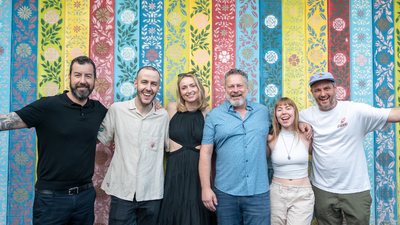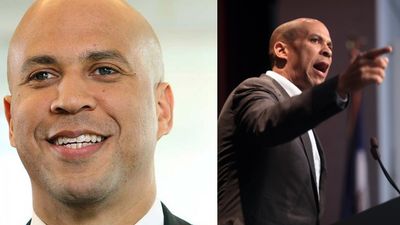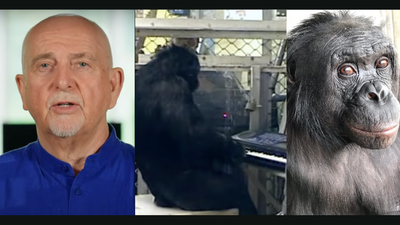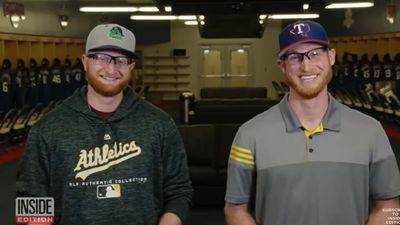When you were a kid, you didn't need anybody to tell you how to use your imagination. You made up imaginary friends and spent your time designing LEGO rocket ships that traveled the galaxy without any prompting. And then you started school, and you probably had a teacher tell you to stop daydreaming—stop imagining—in class. You also learned that far from being allowed to think up multiple creative solutions, there was only one right answer to a test question, and if you bubbled it in correctly on a Scantron form, you'd get an A.
Fortunately, because imagination, creativity and innovation are increasingly prized in the workplace, future generations might be spared this dumbing-down process. There's a growing consensus that our public schools need to put those three traits at the center of learning. In an effort to help, over the past two years, the Lincoln Center Institute, a part of New York City's Lincoln Center for the Performing Arts, has hosted regional conversations about imagination and creativity. This month they're hosting a national Imagination Summit, which will bring together representatives from all 50 states as well as "elected officials, legislators, education experts, business leaders, artists, and scientists." Their goal is to create "an action plan for policy makers, educators, and community activists to put imagination at the forefront of our school curricula."
While I love this idea, and I think some of the attendees, like Sir Ken Robinson and Deepak Chopra, are absolutely brilliant, I do wonder if this kind of big national summit is the best thing for bringing creativity back to our nation's school system. Is it really that hard to figure out how to let it flourish in the classroom?
Any teacher worth her salt can tell you that incorporating lots of project-based learning in the classroom and letting kids collaboratively solve problems is key to fostering those traits. We already know that the demand for higher test scores increases the pressure to have all children learn at the same pace and fosters an experiential learning-killing drill-and-kill culture in schools. We also know that the wholesale decimation of budgets for visual and performing arts teachers hasn't helped matters. If we can fix those things, that would go a long way toward bringing imagination back to schools.
That said, it'd be great if this summit can positively influence local, state and national education policies. Perhaps it'll catalyze some real conversations about how schools and school districts can genuinely support teachers so that they no longer feel the need to tell kids to stop daydreaming.













